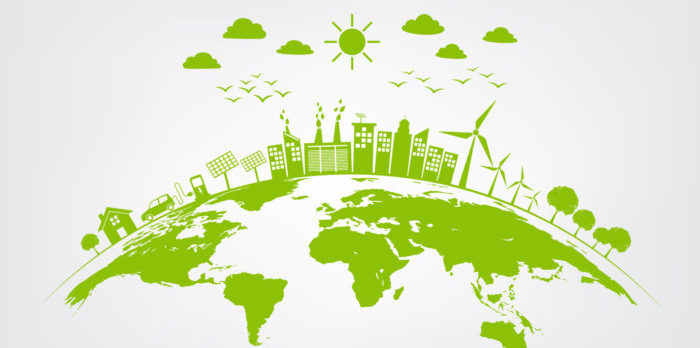In fact, Japan’s largest shipowner Mitsui OSK Lines (MOL) together with e5 Lab, a Japanese vessel electrification and digitalization solution provider, have signed a Memorandum of Understanding (MoU) with the aim to carry out a joint study of a hybrid pure car carrier equipped with a hydrogen fuel cell system and large-capacity batteries.
According to a recent statement, the companies aim to develop a hydrogen hybrid PCC, which does not emit carbon dioxide, sulfur oxides, nitrogen oxides, or particulate matter underway in coastal waters or in ports- aiming to achieve zero emissions, as its propulsive force would come from electricity supplied by the hydrogen fuel cell system and large-capacity batteries.
[smlsubform prepend=”GET THE SAFETY4SEA IN YOUR INBOX!” showname=false emailtxt=”” emailholder=”Enter your email address” showsubmit=true submittxt=”Submit” jsthanks=false thankyou=”Thank you for subscribing to our mailing list”]
It is further said that the hydrogen hybrid PCC’s motor would be powered by an LNG-fueled generator and large-capacity batteries when navigating in the open sea, amounting to significantly lower emissions than current vessels equipped with diesel engines that run on heavy oil.
Both companies will first conduct technological and business feasibility studies of the hydrogen hybrid PCC, and when they see positive results, they will then move on to the next phase of joint development for a practical of hydrogen hybrid PCC based on the results.
In particular, MOL has worked to realize zero emissions of vessels in ports since it announced its future vision for the next-generation series “ISHIN-I” car carrier in 2009. Then, in 2012 it launched the world’s first hybrid car carrier, the Emerald Ace, which is equipped with the world’s largest-scale solar power generation system and batteries.
In a sttement it is added that
The hydrogen hybrid PCC concept marks a further step ahead from these past projects, and the company is pursuing the possibility of introducing more extensive and more advanced technologies with the goal of zero emissions.
Notably, in March Japanese electrical drive firm Yaskawa Environmental Energy / The Switch reported that the global maritime industry was on the threshold of a committed move towards renewable energy, with hydrogen as the potential acid test in the shift away from fossil fuels.
Hydrogen, in combination with battery and hybrid systems, will help shipping chart a route to a more environmentally sound and cost-efficient future, said Ville Parpala, Director, Product Marketing of Marine Solutions.
He further stated that “hydrogen is a carbon-neutral fuel. When it is produced using electricity from renewable sources, such as solar or hydro power, it is effectively emissions-free. In its liquid form it can be used to charge batteries for electrical propulsion via fuel cells. I think its uptake in maritime will take a lot of people by surprise, with developments moving ahead quickly – in both Europe and Asia, particularly China.”
It was in April when ABB, SINTEF and Fiskerstrand tested fuel cells for the world’s first conversion of a hydrogen hybrid ferry. The tests provided answers needed for Norwegian shipyard Fiskerstrand to convert an existing ferry to run on a combination of batteries and hydrogen fuel cells.
ABB and the SINTEF Ocean laboratory would then assess how fuel cells and batteries can function together for short-distance ferry operations, and how Fiskerstrand could potentially use them with other engine room systems. The tests would also provide answers into the introduction of hydrogen fuel cells for future reviews of the rules covering shipboard use of hydrogen.
More recently, in November, Havyard was working towards a hydrogen system pilot for large ships, as it was entering the approval phase and has signed agreements with providers of hydrogen tanks and fuel cells. Namely, the Havyard Group, with Havyard Design & Solutions and Norwegian Electric Systems, were developing a system that would become the biggest of its kind for ships.































































